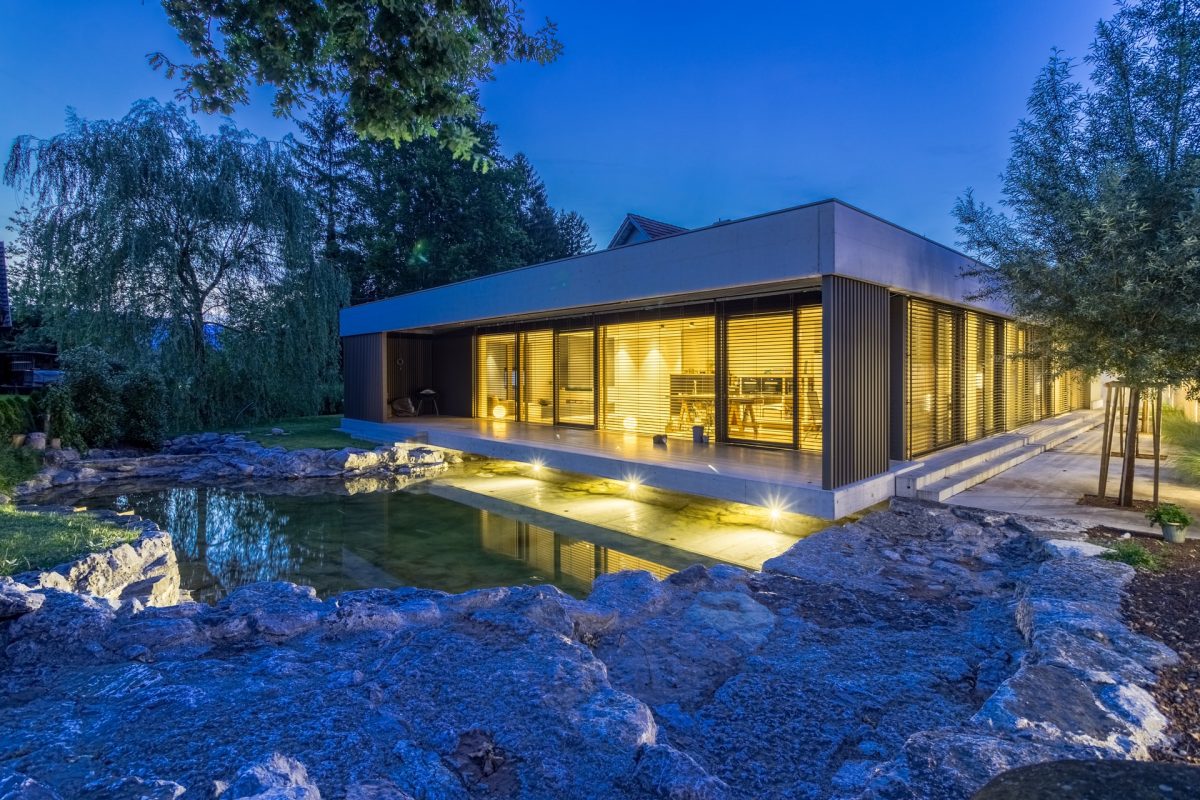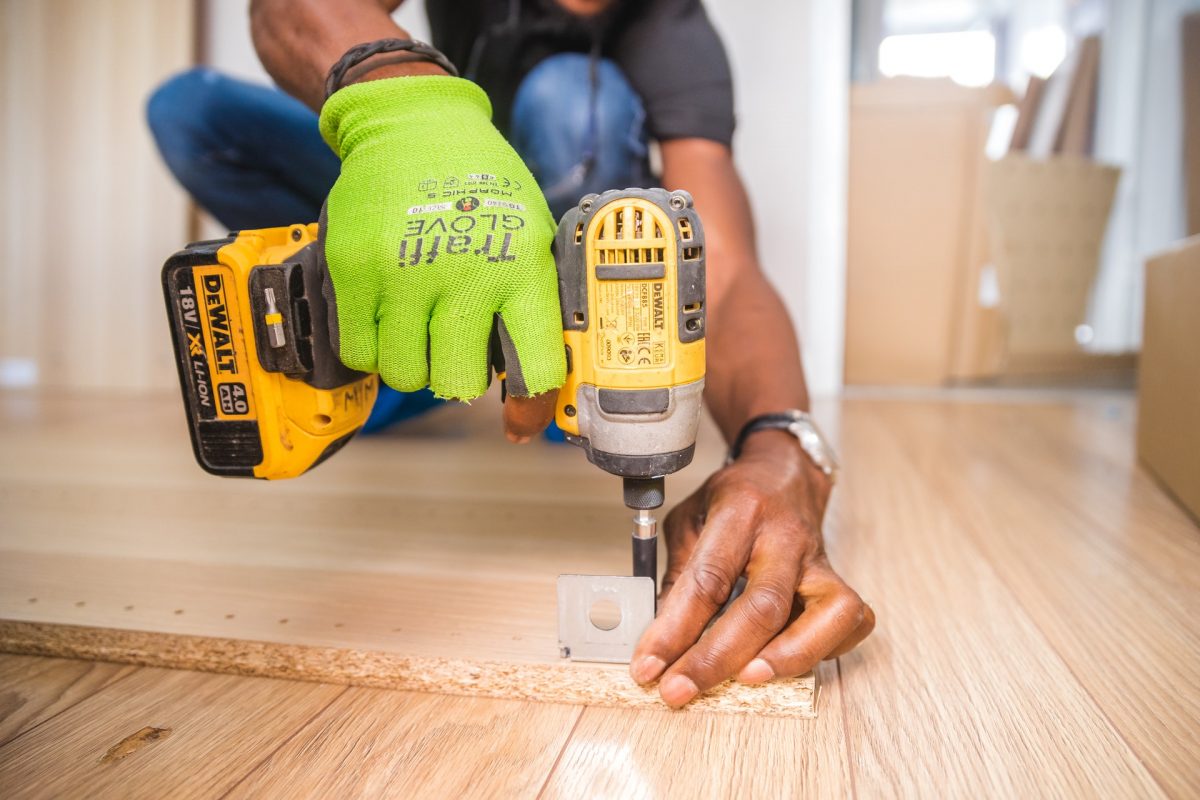Renovations Only for Old House Owners
The believe or understanding of some homeowners with new houses is that, renovations are usually associated with older houses, and buyers of newly built homes may not face the need to renovating.
The Myth for New Home Buyers
Unfortunately, buyers of new homes are not immune to renovations, they also face underlying challenges as well. Buying a new house is not a guarantee that you won’t need any renovation project. Too often buyers of new houses believe that, just because the house is new, all that is required is move in and ride on with the property.
According to Gary G. Schaal, “the Guru of New”, he says many new buyers begin making changes to their houses right from the start, trying to personalize them.
He admit that a lot of new home buyers think the house will take care of itself, but that attitude only short-lived and not for a very long time.
There is a twist of reality as to which housing category needs to be repaired, refurbished, or rebuilt (the-three-R’s of renovations). Most new house owners believe not to require the kind of maintenance that older houses need, but new houses may be subject to repairs or refurbishment.
However, without a road map, many buyers neglect tasks and, as a result, encounter unnecessary problems such as clogged gutters, frozen pipes, wet basements, cracks in decks or walls e.t.c.
The Way Out
Many states require a new-home builders to provide warranties. Some new houses are believed to come with ten-year warranties design to help ease through the financial any unforeseen circumstances in the hope of protecting builders from lawsuits.
In some provinces, even with such warranties, a new-home buyers or owners need to check the reputation of the builders they are dealing with, visit other properties they have built or perhaps check their recent projects and with the occupants of the property living there.
But wait, what if something happens down the road and some part of the warranties don’t cover outside pipes, roofs, wall or window capping for instance, then you will be left with nothing but surprises.
Despite the conviction that people who buys new houses don’t need to stress about renovating, this is not true. Some folks who buy new homes are willing to spend thousands within the first few years to finish off space such as bonus rooms, attics, perhaps basement.
According to the National Association of Home Builders reports that new home buyers typically spend at least $6,475 on improvements during the first year of home-ownership, usually on landscaping, decks, fences, patios, and driveways.
Why Your New Home Needs Renovations?
A lot of other issues can arise. These days, new-home builders are providing comprehensive manuals to buyers, which list all the problems that can arise and how to handle them as well as regular maintenance issues. The problem is, according to Gary, that most buyers don’t bother to read the manual. In fact, once they are in the house, they can’t even remember where they put it.
Painting
Areas of painted walls often vary in color and texture, the result of touching up in the finishing process of the house. This is acceptable under warranty, as is color variation of stains on woodwork. Resilient (vinyl) floors in high-moisture areas, such as bathrooms, sometimes show raised nail heads because of joist movement, and although builders use adhesives to keep nails to a minimum, this technique doesn’t always work. You can redrive the nails using a block of wood and a hammer.
Ridges
Ridges often appear where a vinyl floor meets the edge of a toilet or bathroom. This is caused by water seeping into adhesive through a seam after installation. These areas should be periodically caulked with an acrylic designed for use in bathrooms.
Cracks
Ceramic, marble, slate, and quarry tile floors can be damaged by heavy objects. Cracks that develop in the grout can be repaired with premixed grout from a home center, which typically comes in a color that matches. Joints can shrink where the ceramic tile meets the bathtub or shower area. Periodic caulking is required.
Flooring
Carpeting can come loose because of an increase in humidity. Professional cleaning is recommended, and conventional shampooing is preferred over steam cleaning, because there is always a chance of permanent damage to the pile.


